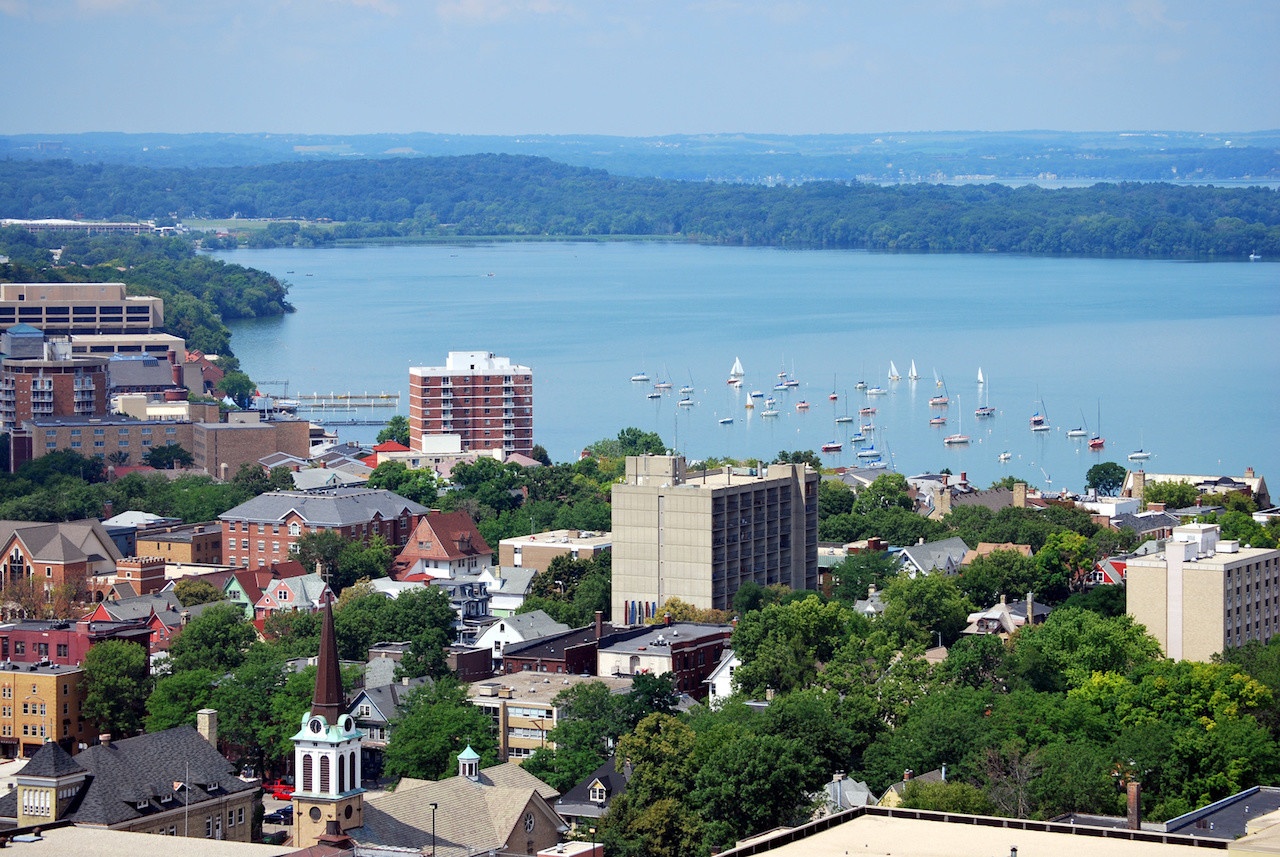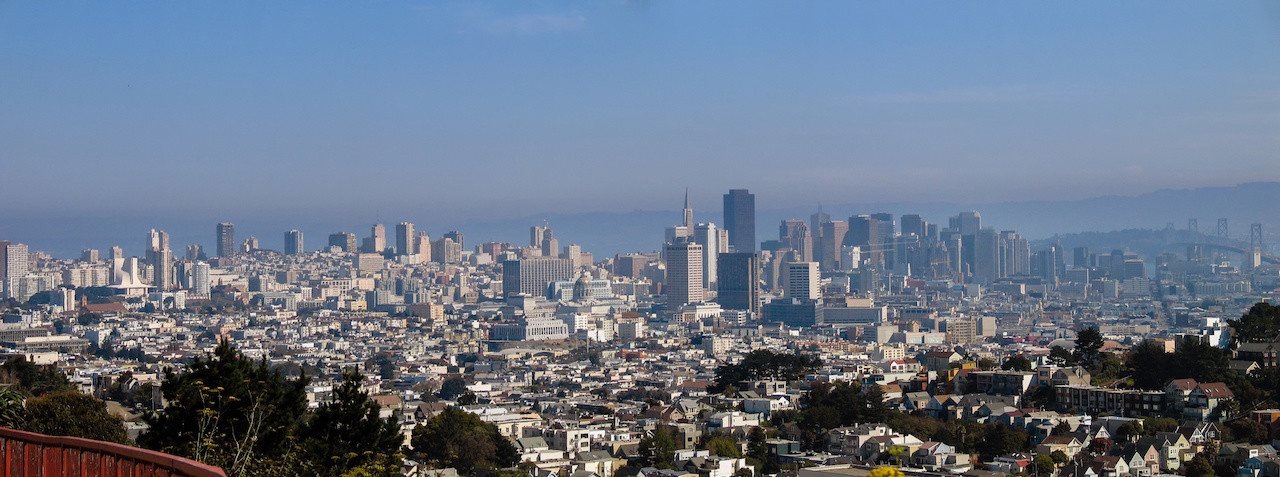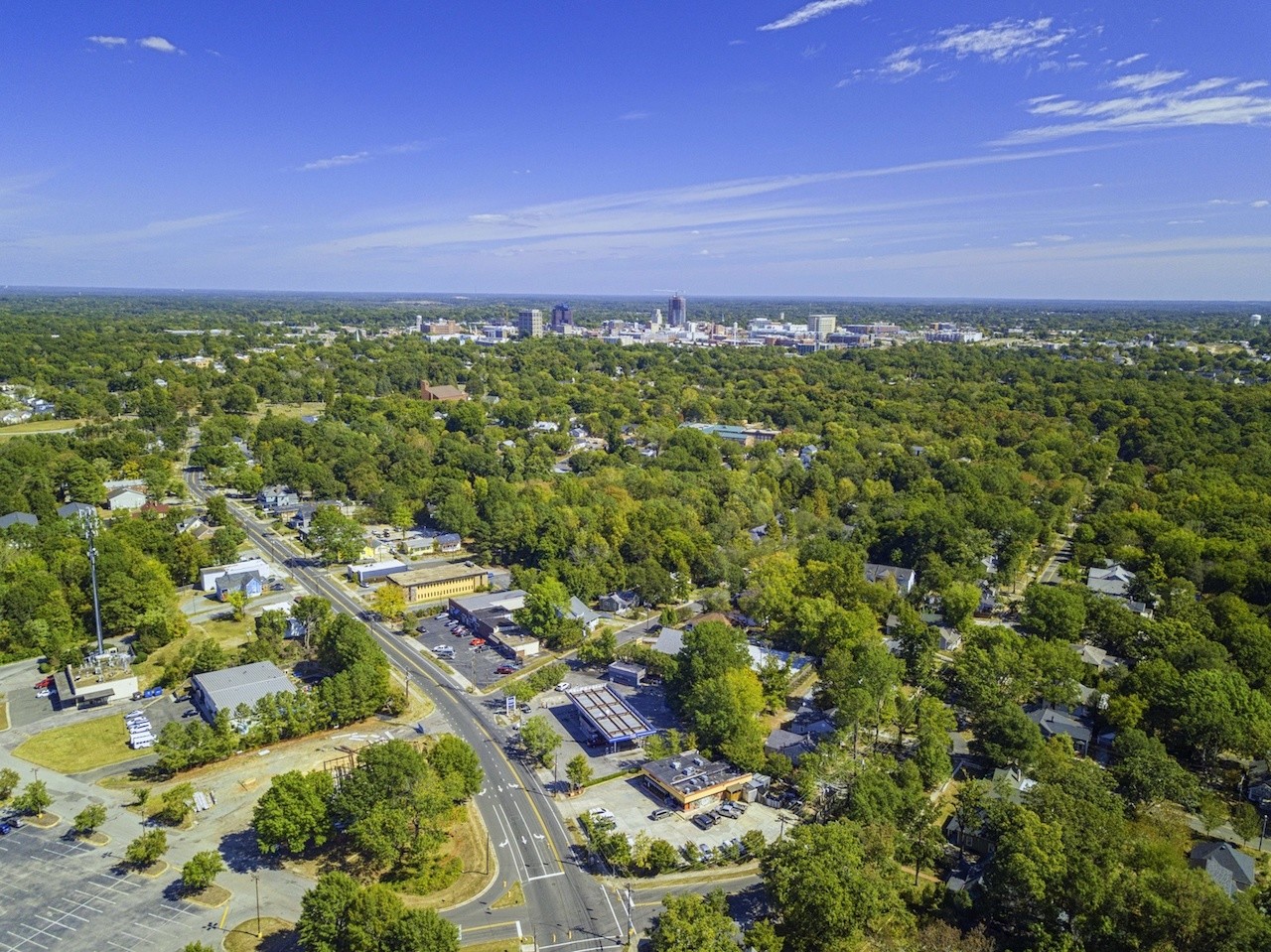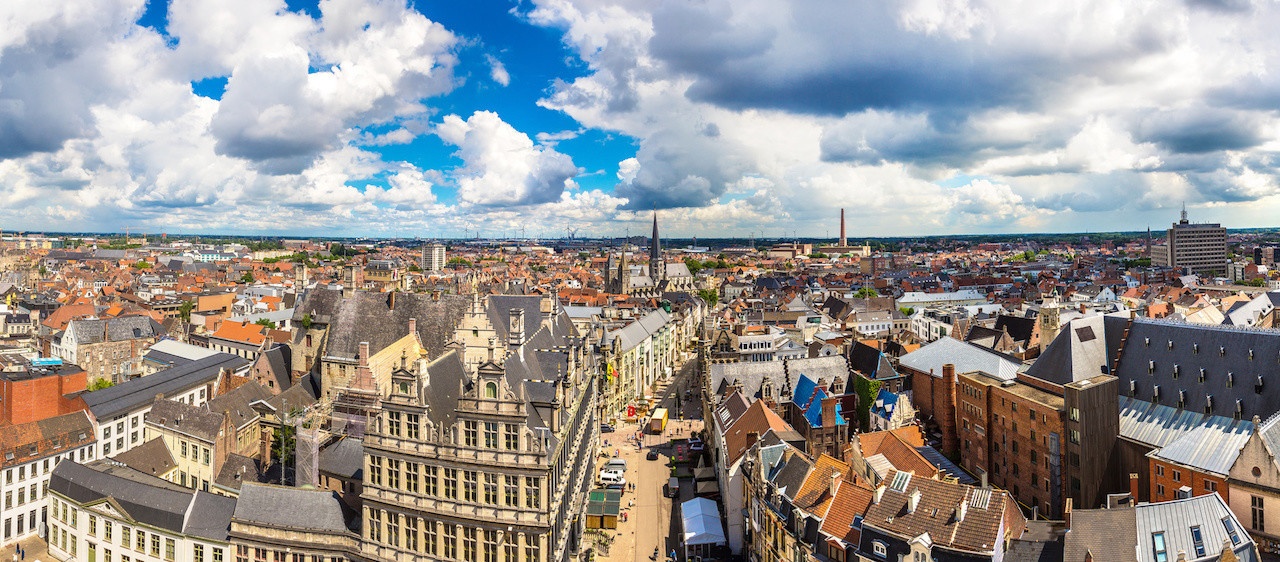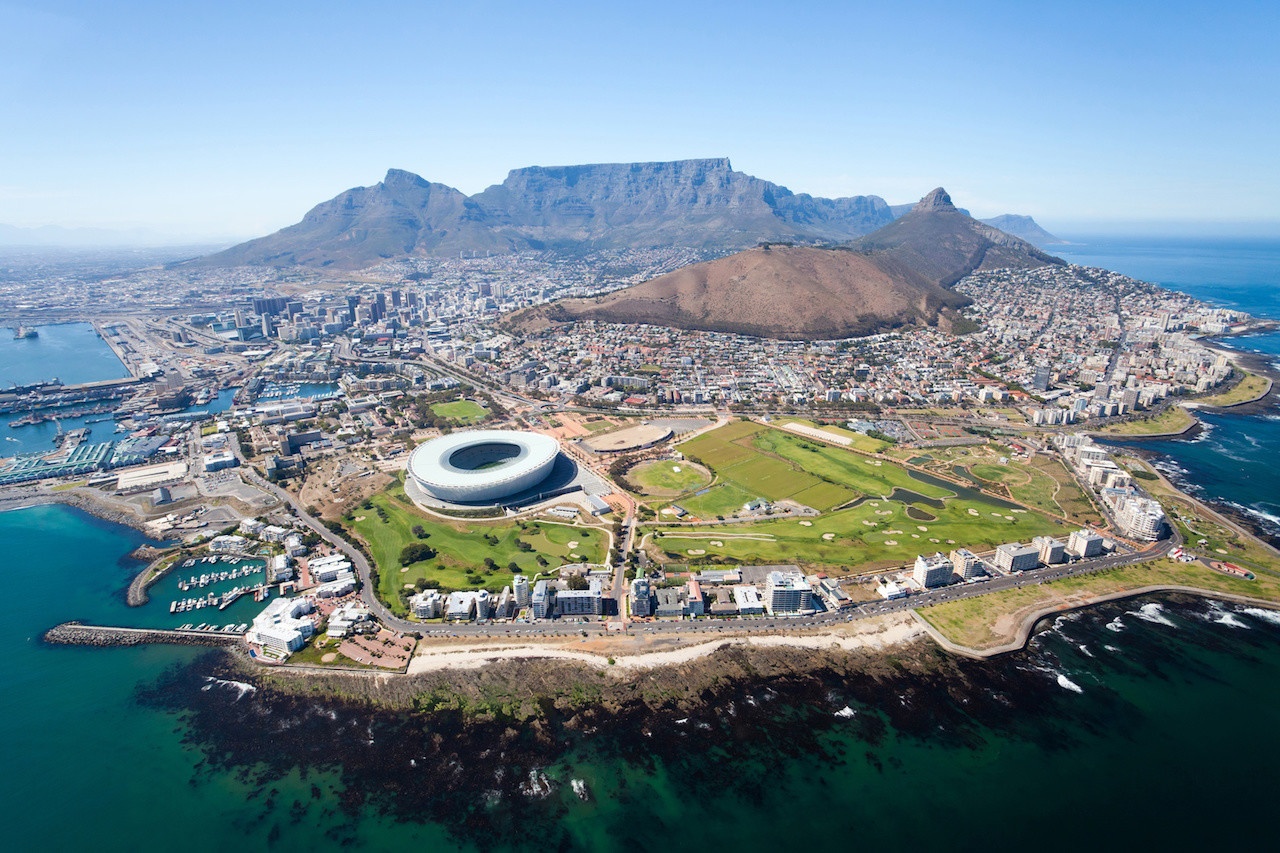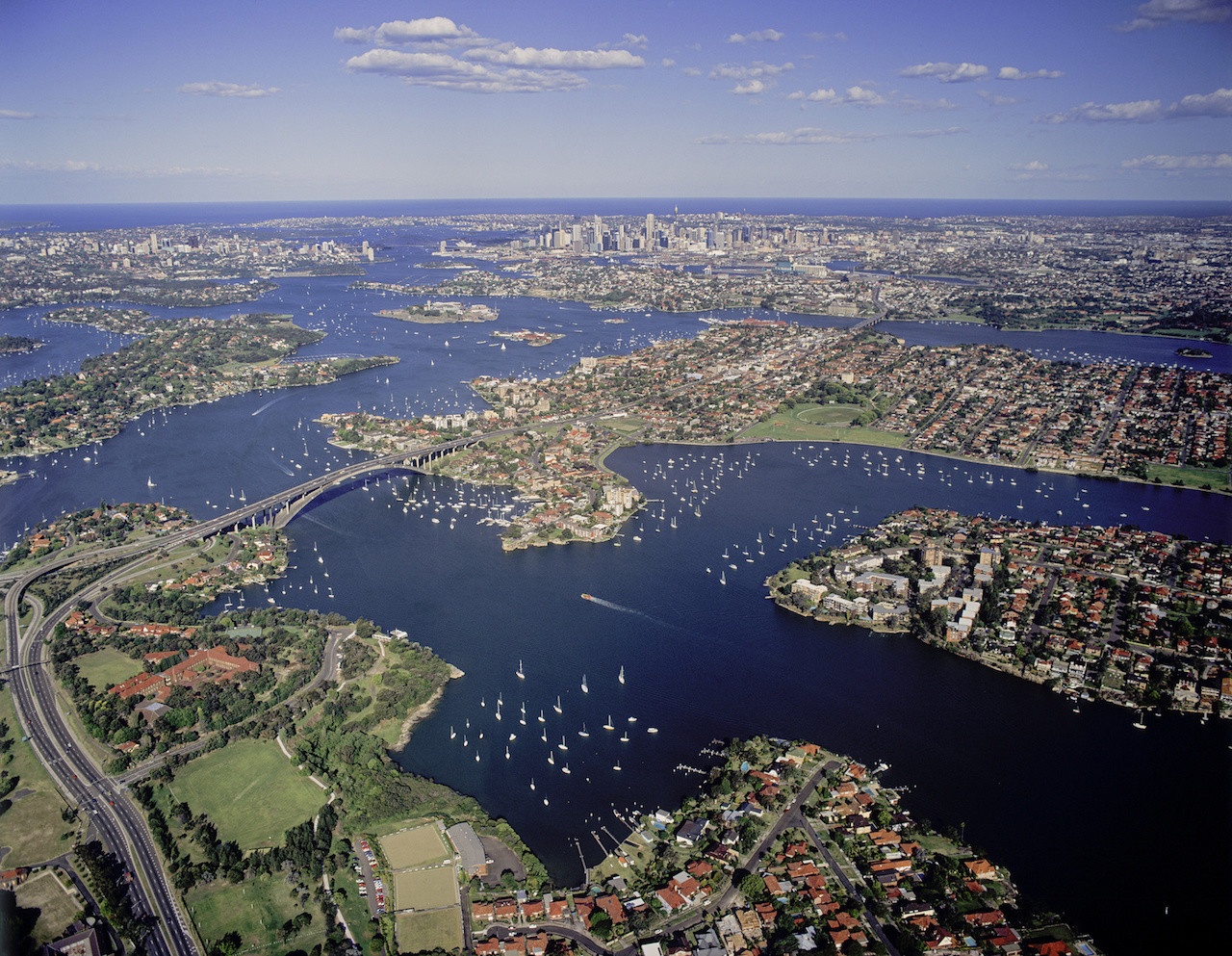Society
A broad category of content focused on societal issues in cities.
Examples: health, community, social equity, education, arts & culture, and homelessness.
4 Tested Techniques to Catalyze Small Town Redevelopment
Driving into a town with a boarded-up Main Street or a row of abandoned factories make it look like the community has been the victim of a destructive economic process. In truth, the devastation that is apparent on the surface is really a symptom of deeper social and institutional problems that have been going on for a very long time. I have four strategies for you to make your rural redevelopment projects successful.
Finding, Measuring, and Addressing Urban Equity
Opportunity is the set of circumstances and neighborhood characteristics that make it possible for people to achieve their goals, no matter their starting point. Any serious attempt to define, measure, and expand opportunity must include both the outcomes people achieve, such as their educational attainment, health, and income, and the pathways that affect the attainment of those outcomes, like quality schools, convenient transit, and access to healthy foods.
Priority Development in the Bay Area
Walkable suburbs transit-connected to cities can provide regions throughout America with more affordable housing. Safe walking, bike lanes, and innovative mobility services are transforming the last miles to downtowns are regional rail. Mixed-use development at greater than 30-foot elevation provides regional resilience to all coastal cities vulnerable to sea rise, flooding, and hundred year storms that now hit every year from New York to Miami, from New Orleans to Houston, and from San Diego to Seattle.
How Reclaiming the U.S. Infrastructure Advantage Will Help Bridge the Urban and Rural Divide
If the United States invests in strengthening its infrastructure, it can restore the critical bonds that allow Americans to freely and efficiently move goods, ideas and workers through every type of community. The U.S. equipment manufacturing industry understands this better than most. We support 1.3 million jobs across the United States, and maintain manufacturing facilities across every corner of our great nation. You can find our member companies’ equipment hard at work everywhere from construction sites in major cities to corn fields in the Midwest.
5 Reasons for Cities to Value their Downtowns
“Downtowns have an important and unique role in economic and social development for their cities and create a critical mass of activities where commercial, cultural, and civic activities are concentrated. This concentration facilitates business, learning, and cultural exchange.” – The International Downtown Association
Autonomous Vehicles and Roads: An Emerging Relationship
Is it out of the realm of possibility that the privatization that happened with other critical infrastructure in prior years in the US could also happen with the nation’s road network? It is a controversial and seemingly impossible thing to consider. Yet it is a question that only something as large and transformative as the autonomous vehicle can answer.
Sinking Cities Saved by Resilient Regions
Sea rise and extreme climate are challenging urban planners to be regional planners; they confront civic leaders with the need to take a long view of time and see beyond city boundaries. We also see how global employers can lead in shifting jobs and relocating facilities.
Blockchain is Making Distributed the New Default
Today’s blog post is part II of Peter Coffee’s series on blockchain. “The future of many things, based on blockchain and the larger family of connection-intensive and cooperative data models, is here – because it is distributed.”
3 Myths About Climate Adaptation Work
Urban areas are certainly important, but not exclusively so. Large swaths of population and economy reside in America’s suburbs, exurbs, and rural communities – each of which faces unique challenges that require tailored approaches. Americans outside urban areas not only recognize the impacts of climate change, they are driving unique adaptation approaches.
Smart Regions: 5 Examples of Successful Digitalization Strategies
Cities have been the focal point for innovation and digitalization strategies for over a decade. From broadband deployment strategies, smart city pilots, projects and programs, to intelligent urban mobility schemes or open data initiatives: cities have led the way. Innovation agendas cannot and must not stop at city limits, however. Smart regional approaches represent the best recipe for digital inclusion, the scaling of relevant innovations, and accessibility to opportunity for all. Five points as to why we must and should consider smart region strategies for our communities.
Scalable Water Management Solutions for Developed & Developing Cities
Changing the paradigm from traditional technocratic solutions to those that are more agile, adaptable, and affordable is the key for the future. Although the water sector is conservative by nature, it needs innovation to challenge the status quo and that can overcome the constraints of existing infrastructure, governance, and prior decisions. It’s easy to put blame on governments, which are working hard and dealing at high volume to supply the demand of constituents. Citizens also must change their habits and tastes in order to make change work.
The Rise of the Smart Precinct
Some experts argue that smart precincts should provide a more complex and ambitious mix of space uses and typologies in a way that that defies simple characterisation. This view goes against allowing one typology to dominate the mixed-use precinct, and sees real value in the intermix between several different functions.

